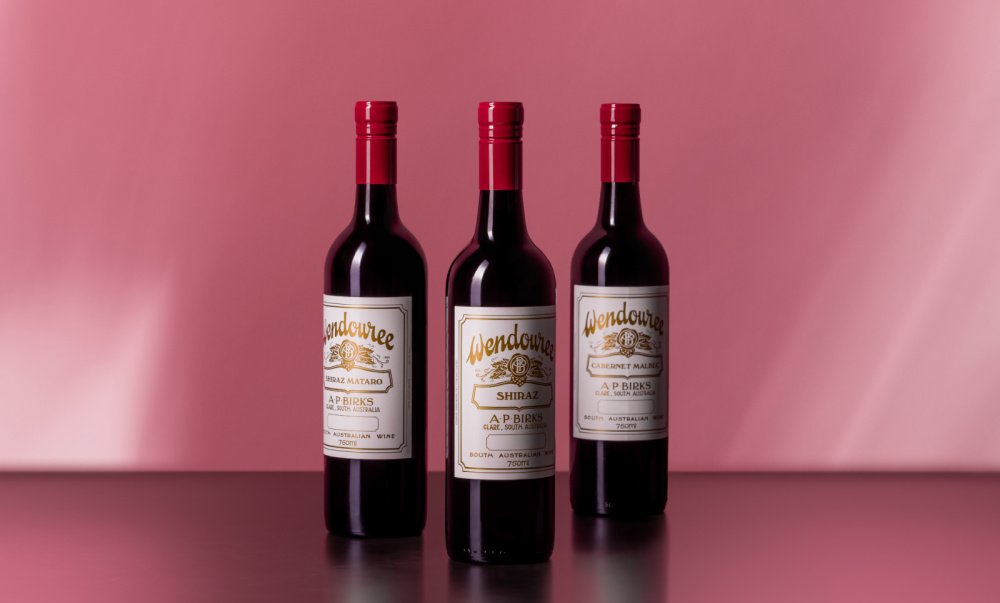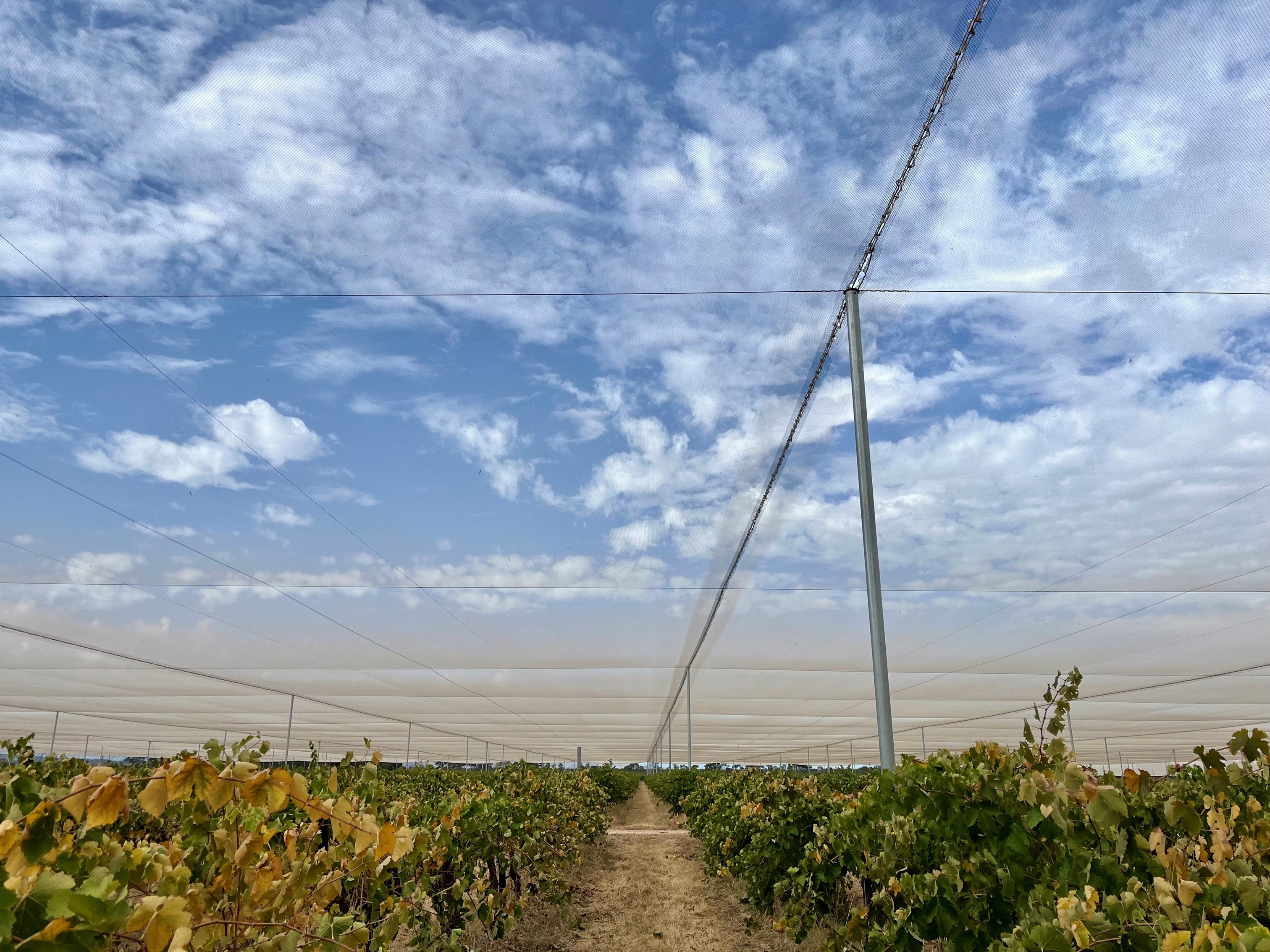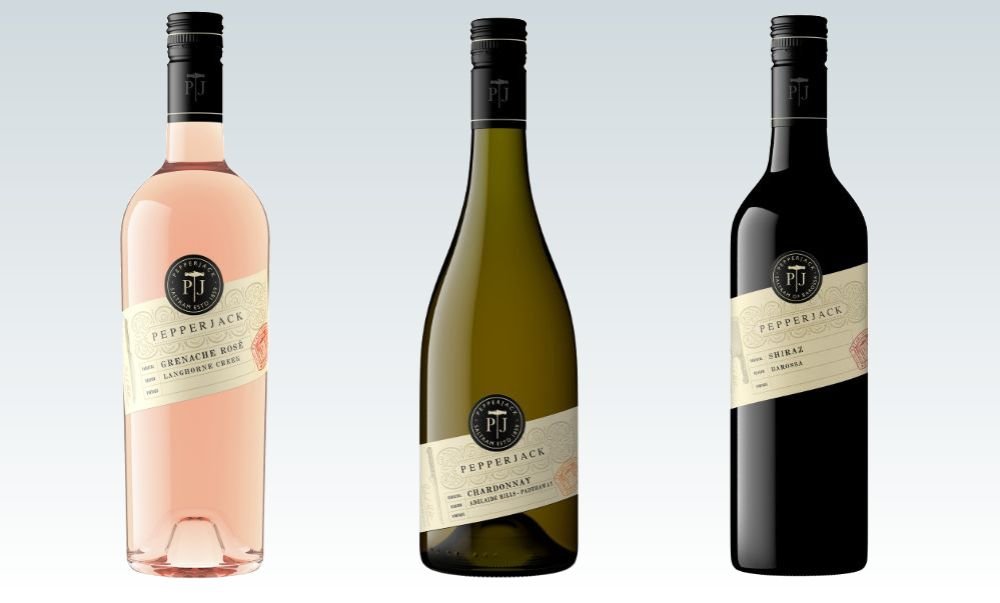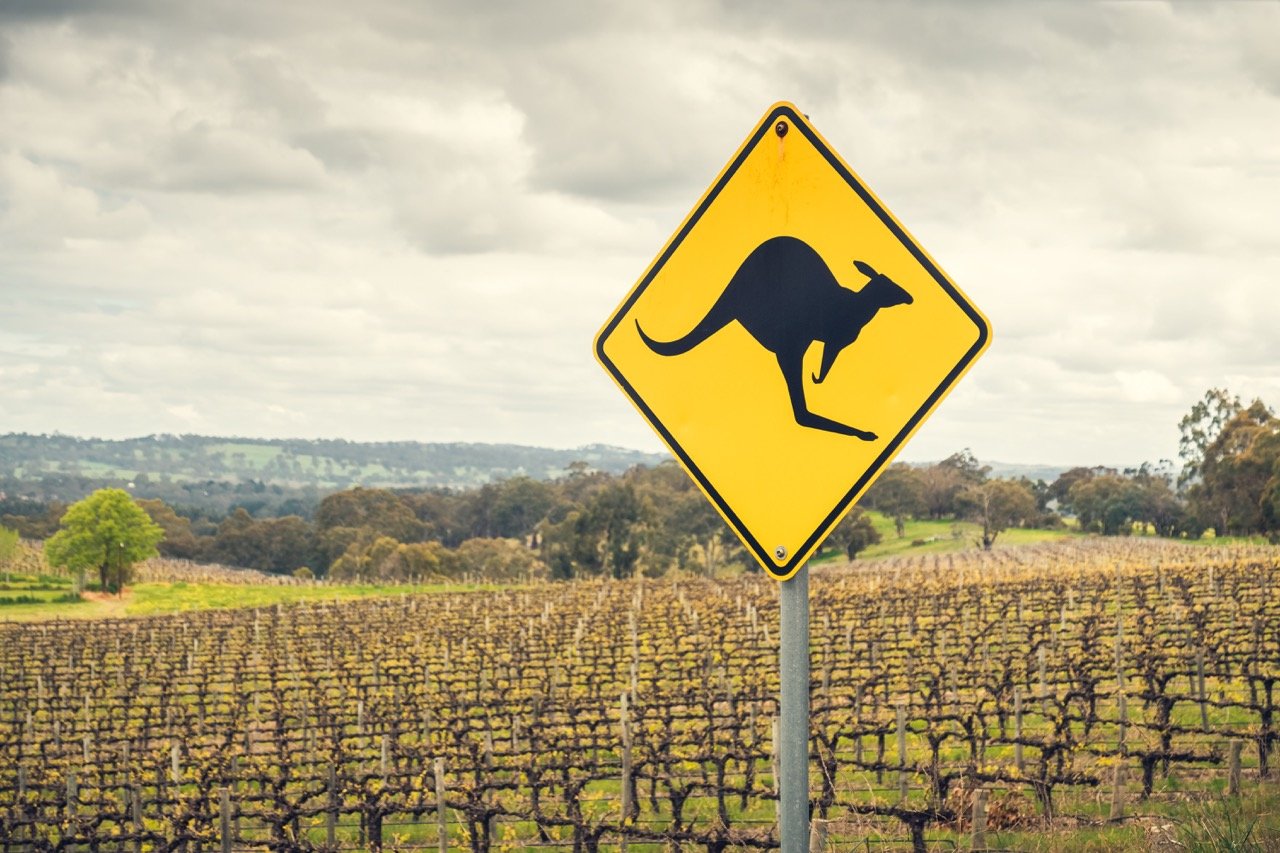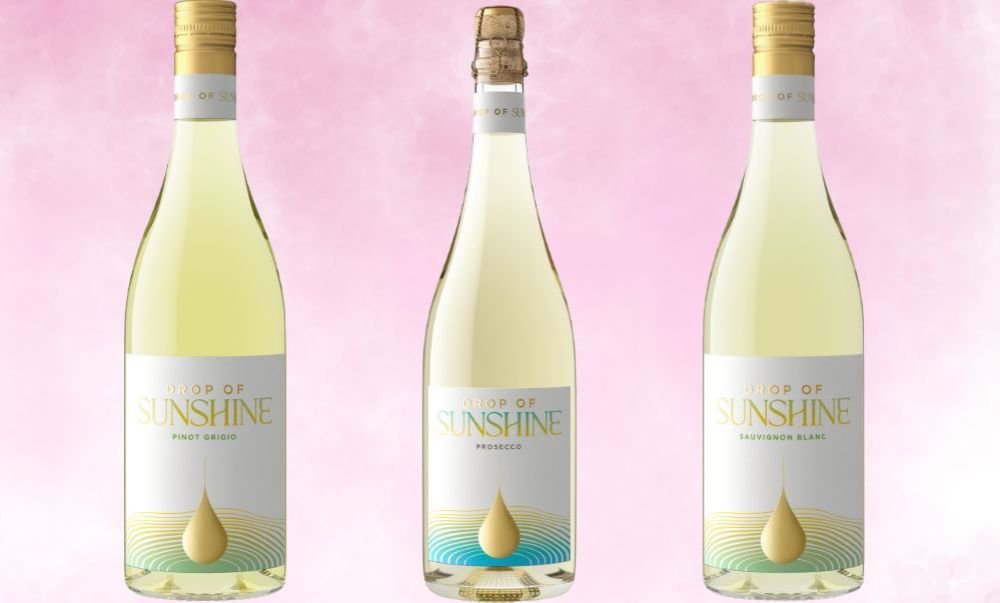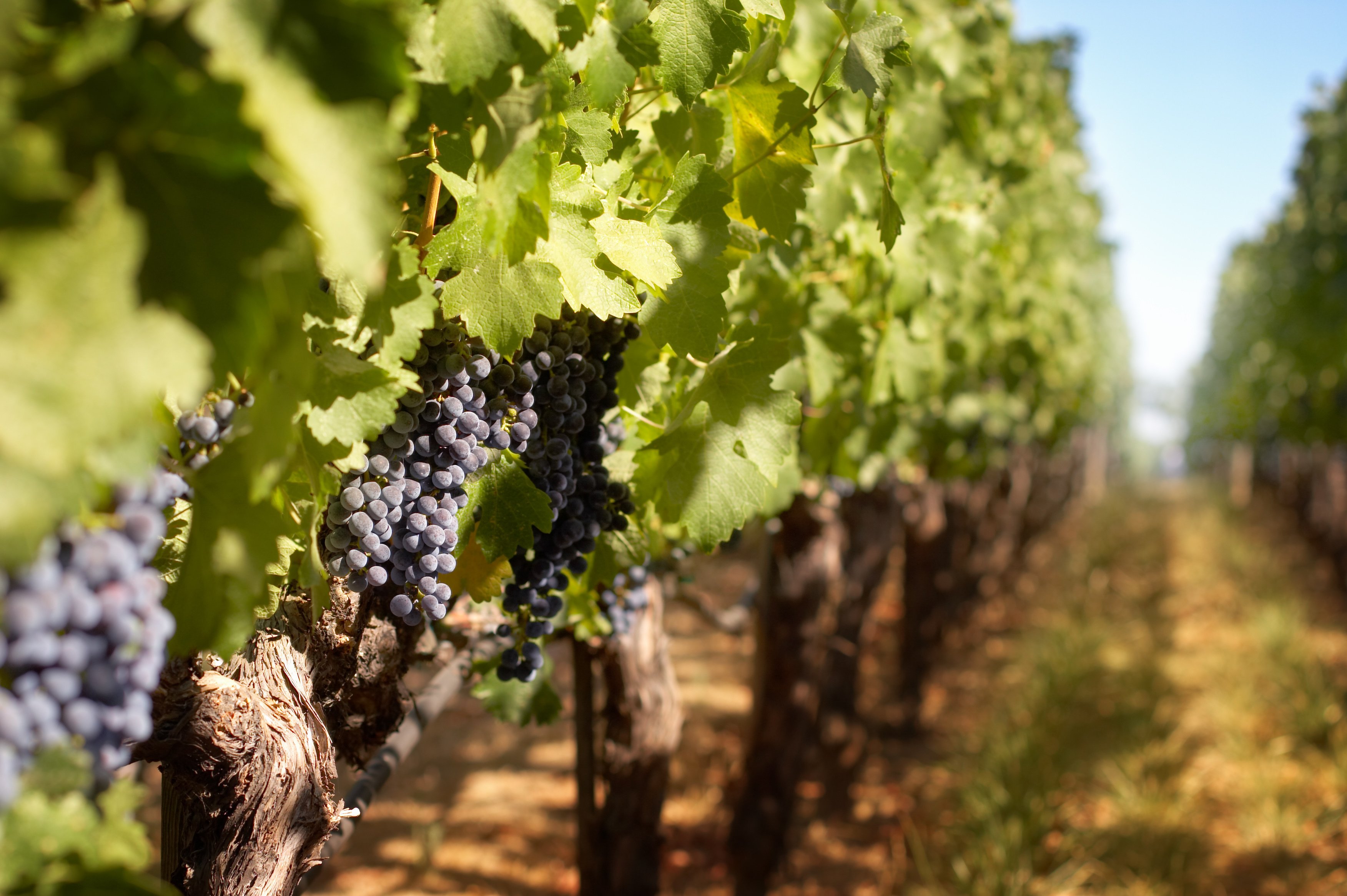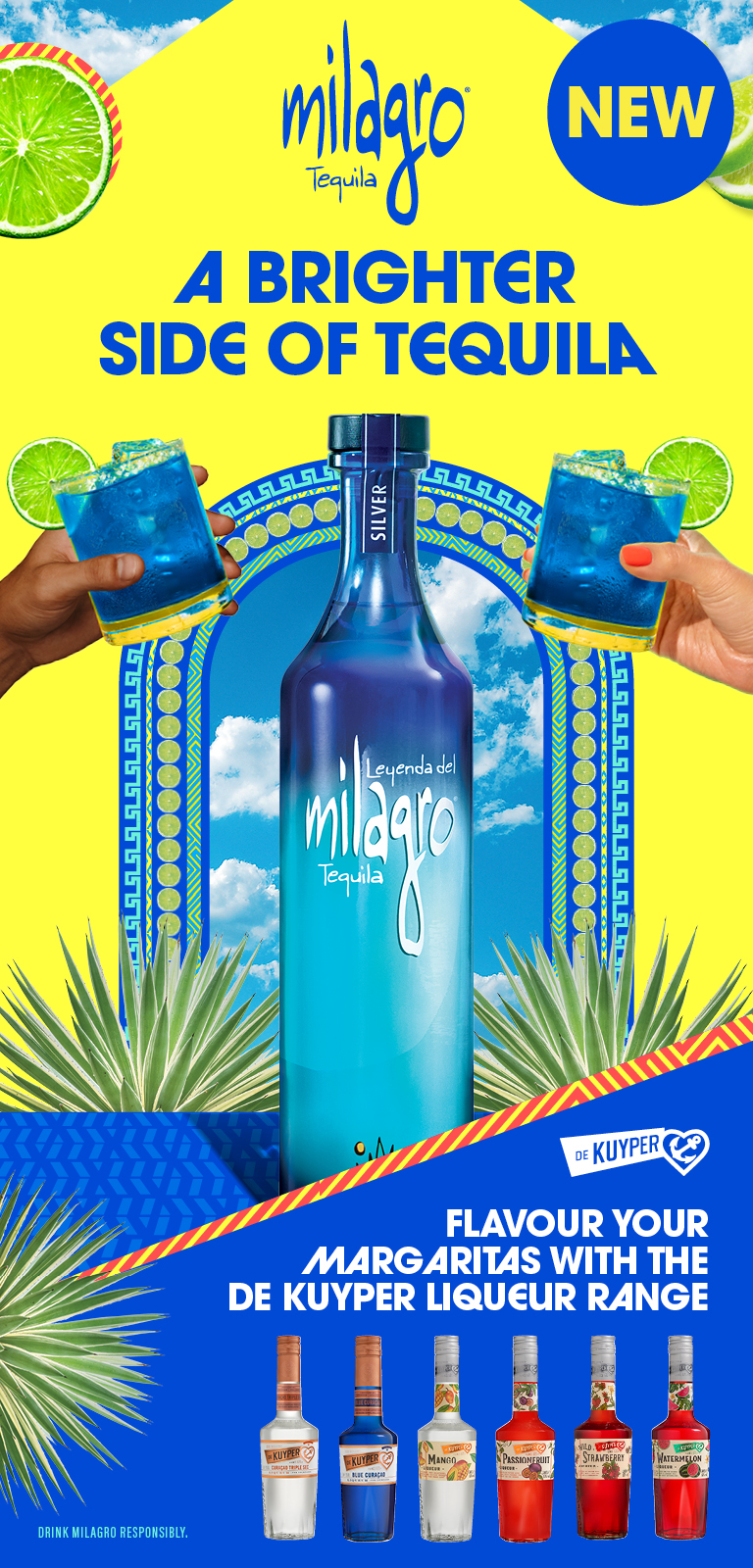Australia’s home for luxury fine wine, Langtons has represented affluent and engaged wine collectors in Australia since 1988. For the past 33 years, it has produced the highly sought-after Langton Classification of Australian Wine. The last was published in 2018. Today, Langtons announced the release of its 8th edition.
In the most dynamic shift to the Langtons Classification, since it was first published, the new (8th) edition of the Classification shows how dramatically the tastes and interests of Australian collectors have evolved in just five years since the last edition.
The Langtons Classification of Australian Wine is the pinnacle of recognition for Australian wineries and producers and the go-to guide to Australia's most highly sought-after wines. It reflects consumer demand, collectability, and prices fetched at auction in the Australian fine wine market.
Michael Anderson, Head of Auctions and Secondary Market for Langtons, said the 8th edition represents a seismic shift in the purchasing, drinking and investing habits of Australia's top fine wine buyers.
"We can see a movement away from the hedonistic, full-bodied reds, with a shift towards lighter styles from cooler climates and a sprinkling of top-tier, vibrant whites, too," said Anderson.
The new Classification comprises a total of 100 wines across 60 wineries. The wines recieve the title of 'Classified', reflecting their demand and performance in the secondary market (at auction).
A special designation of '1st Classified' is reserved for a small cohort of wines representing Australia's most desirable wines, competing with the world's finest.
The '1st Classified' name is a homage to the Premier Cru (First Growth) wines that sit atop the 1855 Bordeaux Classification, the original inspiration for the Langtons Classification.
This new edition shows the most significant change in the history of the Langtons Classification with clear trends towards elegance and distinction.
Driving this change, the new guard illustrates the trend for Australia's wine scene in an international context where fine wine moves into the realm of luxury.
Nineteen new wines have joined the ranks, including The Relic Shiraz Viognier and The Schubert Theorem Shiraz (The Standish Wine Company), Hoffmann Dallwitz and Little Wine Shiraz (Sami-Odi), Tolpuddle Vineyard Chardonnay and Pinot Noir (Tolpuddle), and Quartz Chardonnay (Bindi) underlining a clear new direction to more elegant styles of Shiraz and southeast regions featuring Pinot Noir and Chardonnay.
Each wine considered for Classification must have been released for at least ten vintages and have a strong track record in the secondary market.
Icons of Australian fine wine, including Penfolds Grange, Henschke Hill of Grace, Wendouree Shiraz, Rockford Basket Press Shiraz, and Leeuwin Estate Art Series Chardonnay are all present. These wines are Langtons Classified year after year and embody the pinnacle of Australian fine wine with demand for blue chip wines and producers another key trend.
'In Classifications gone by, the richly robed reds of warmer climate parts of South Australia were stalwart wines. While such wines from top names are still loved among collectors, there is a clear and irrefutable movement towards lighter styles from cool climate regions, including Pinot Noir from Bindi and Bass Phillip, as well as top Chardonnays from Macedon, Gippsland, Tasmania and beyond,' said Anderson.
Regionally, South Australia continues to lead the Classification with 38 wines, primarily due to the continued ascendancy of Barossa wines. The state-based distribution of top-performing wines is as follows:
South Australia: 48
Victoria: 27
Western Australia: 11
New South Wales: 9
Tasmania: 4
Anderson said being recognised on the Langtons Classification is about more than just making great wine. He says it ensures those included are considered by critics, collectors and fine wine aficionados alike to be at the very top of their game.
"The Classification is data-led and based on the market's consistency, quality, clearance and trade-ability.
"Internationally, the Classification offers winemakers and winemaking regions the opportunity to benchmark themselves against Australia's greatest and most traded wines. A stylistic form guide for what styles and techniques are hot and what names to keep an eye out for," said Anderson.
To celebrate the new edition, Langtons will host a multi-state series of masterclasses in May 2024.
Discover the complete list of Classified wines presented in the 8th Edition of the Langtons Classification of Australian Wine at https://langtons.com.au/classification.
Share the content
